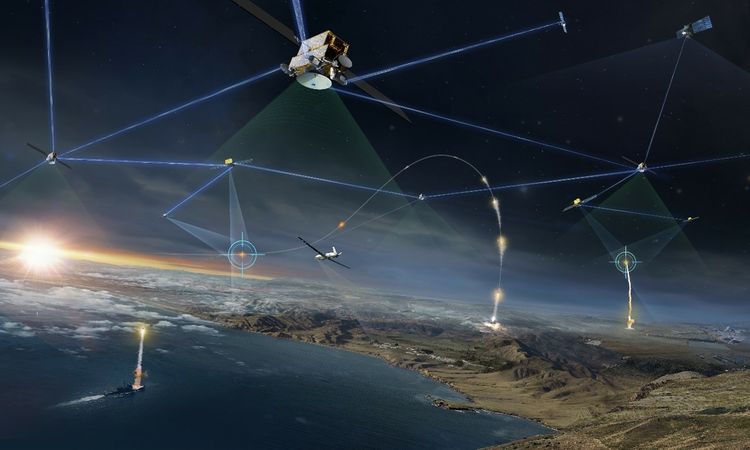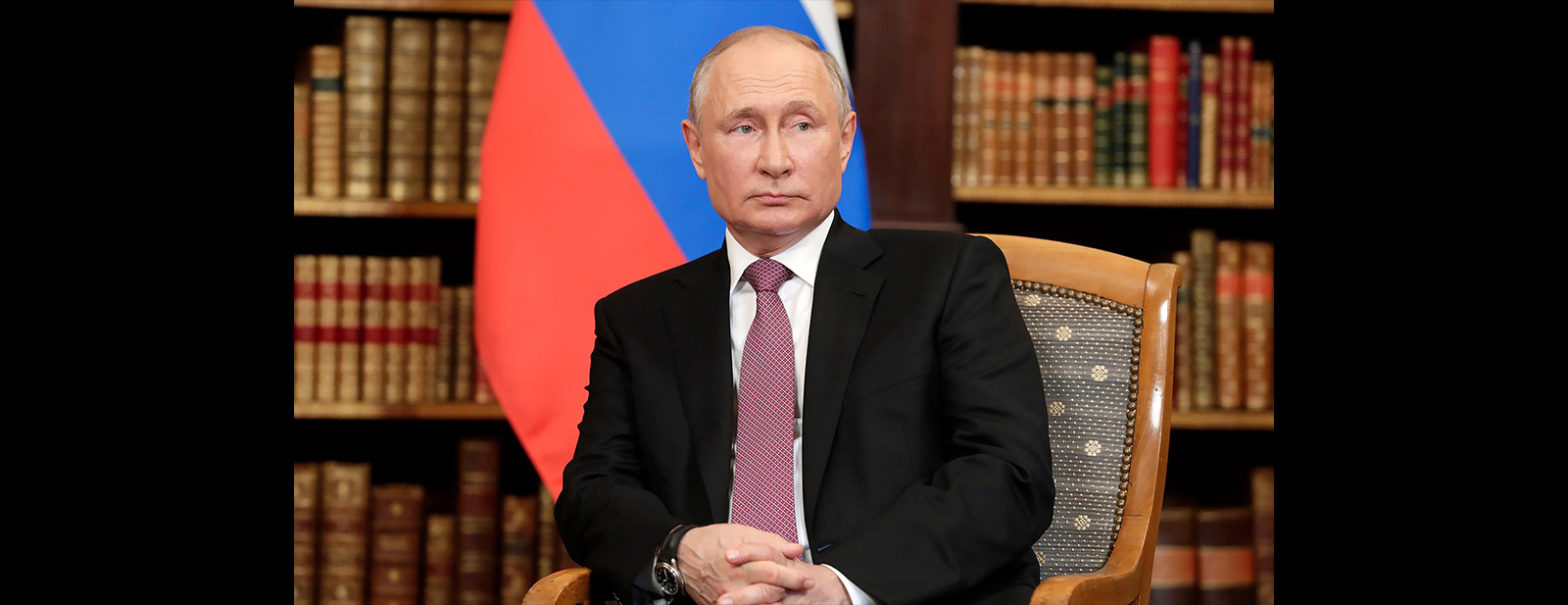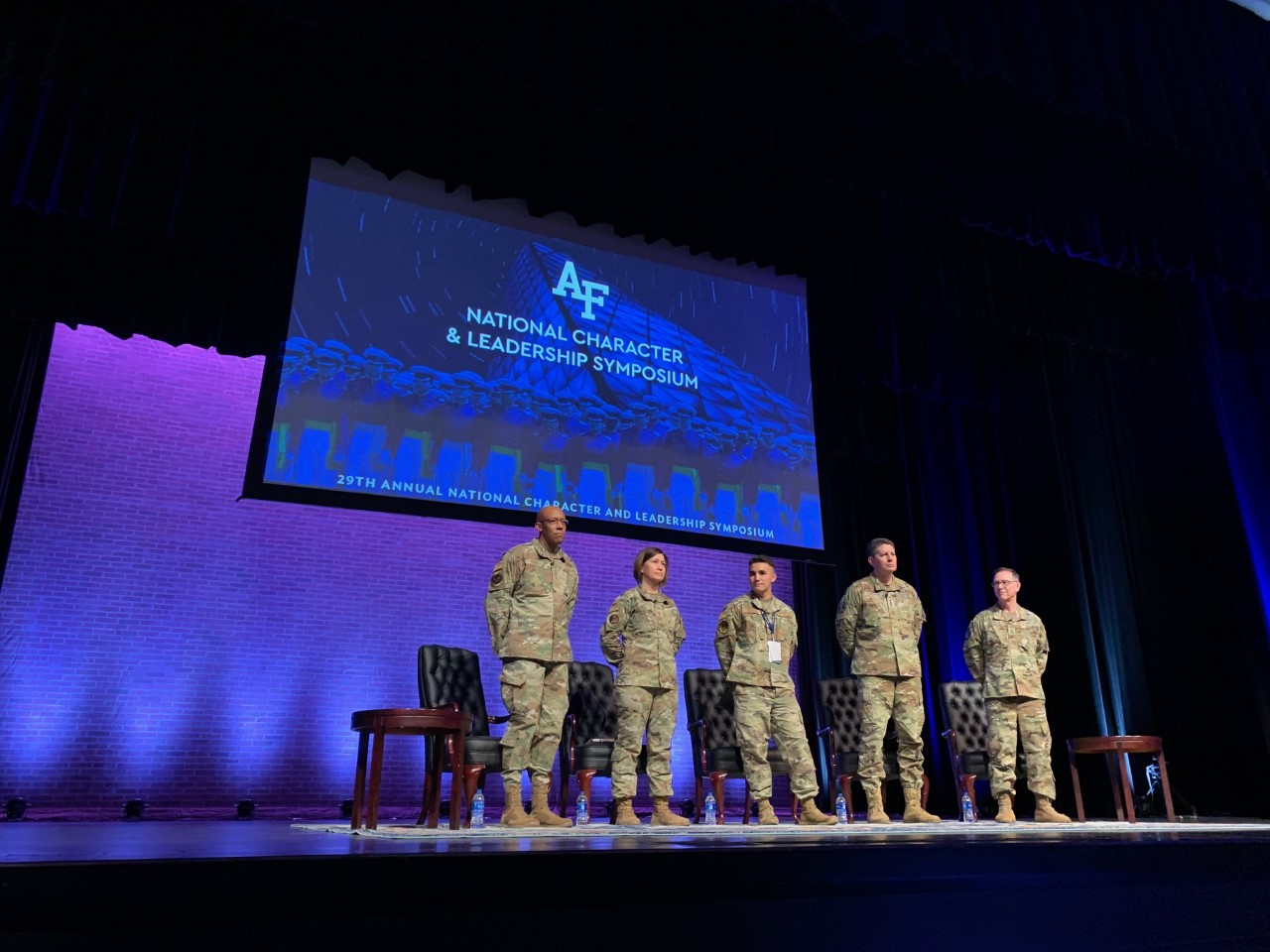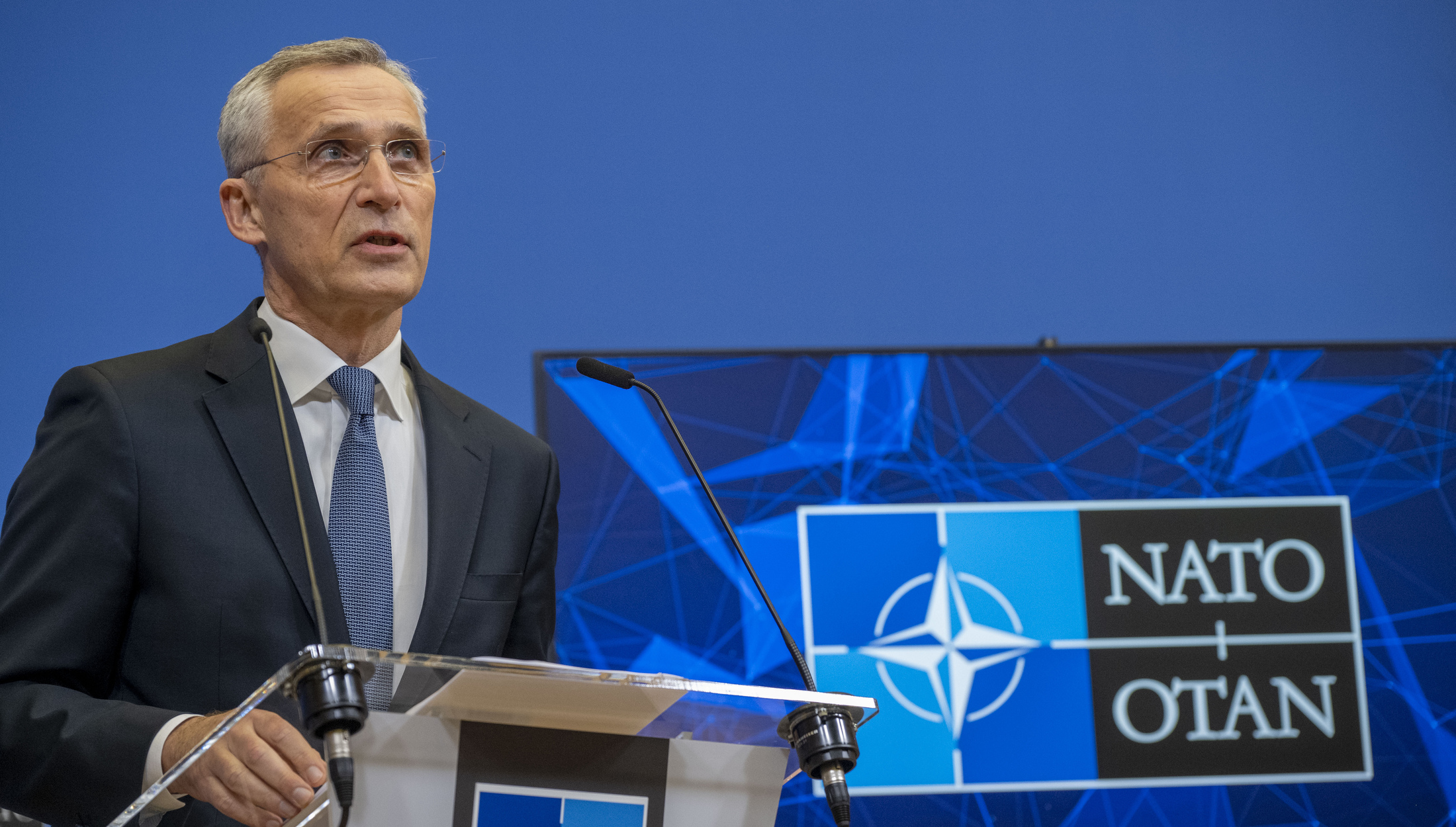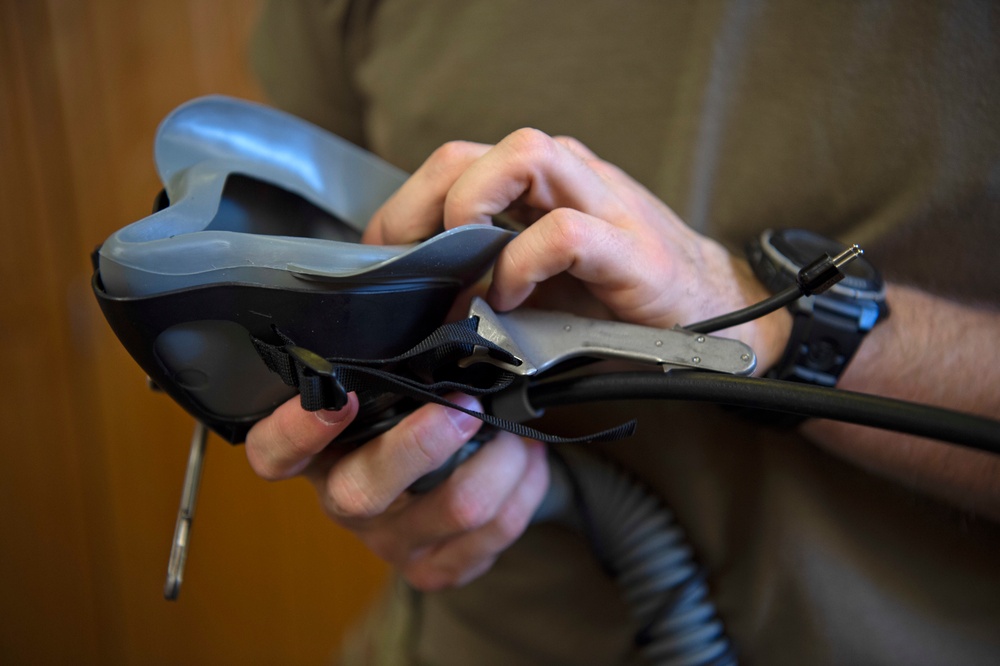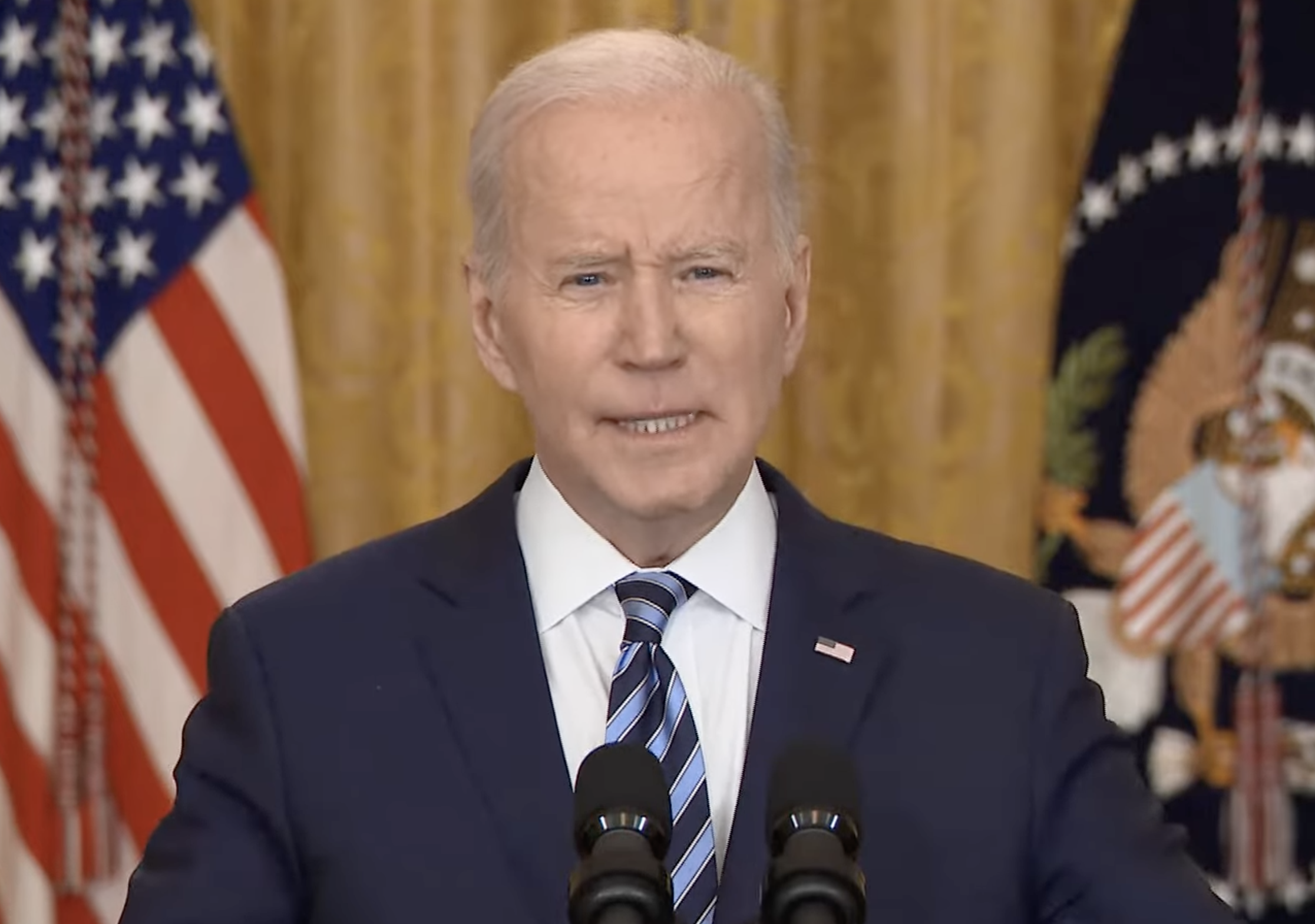The Space Development Agency has awarded contracts for the 126 satellites that will make up its Tranche 1 Transport Layer, splitting the deal between Lockheed Martin, Northrop Grumman, and York Space Systems, it announced Feb. 28.
All told, the three contracts for 42 satellites each have a combined value of approximately $1.8 billion—$700 million to Lockheed Martin, $692 million to Northrop Grumman Strategic Space Systems, and $382 million to York. The satellites are currently slated for launch in September 2024.
The contract awards come almost exactly six months after the SDA first issued its request for proposals for the tranche of satellites, intended to be the first warfighting capability tranche of the National Defense Space Architecture. NDSA is planned as a massive DOD constellation for missile warning, communications, data coverage and sharing, and other capabilities
“These awards will drive delivery of the NDSA’s data and communications Transport Layer through a proliferated constellation of relatively small, mass-producible space vehicles in low Earth orbit,” Derek Tournear, SDA director, said in a press release.
“This innovative mesh network of small satellites will link terrestrial warfighting domains to space sensors, allowing warfighters much faster access to data so they can stay ahead of emerging threats,” Erik Daehler, protected communications mission area leader at Lockheed Martin Space, said in a company release.
“Our T1TL solution combines decades of proven end-to-end satellite system integration and heritage communication mission expertise accumulated across multiple orbital regimes to rapidly field these critical capabilities to warfighters in the field,” Robert Fleming, vice president and general manager of strategic space systems at Northrop Grumman, said in a statement.
”We are honored to again have SDA’s confidence in executing the agency’s vision,” Dirk Wallinger, CEO of York, said in a statement. “Their competitive, fixed-price procurements leverage York’s private capital investments to deliver low-risk, industry-leading constellations today and well into the future.”
Maxar Technologies, which filed a protest against the request in October 2021, causing it to be rescinded and then relaunched, was not selected for a contract. Maxar did not immediately respond to an Air Force Magazine inquiry as to whether it will protest the contracts awarded.
The Tranche 1 Transport Layer is intended to give the Pentagon a range of options for sharing information if signals are jammed or systems destroyed and serve as the “backbone” for Joint all-domain command and control, connecting sensors and shooters across the globe with a mesh network of small satellites.
Tranche 0 of the NDSA, consisting of 28 satellites, is slated for launch no later than 2023. SDA awarded 10 satellites each to Lockheed and York in that tranche, with L3Harris and SpaceX receiving awards for four each.
